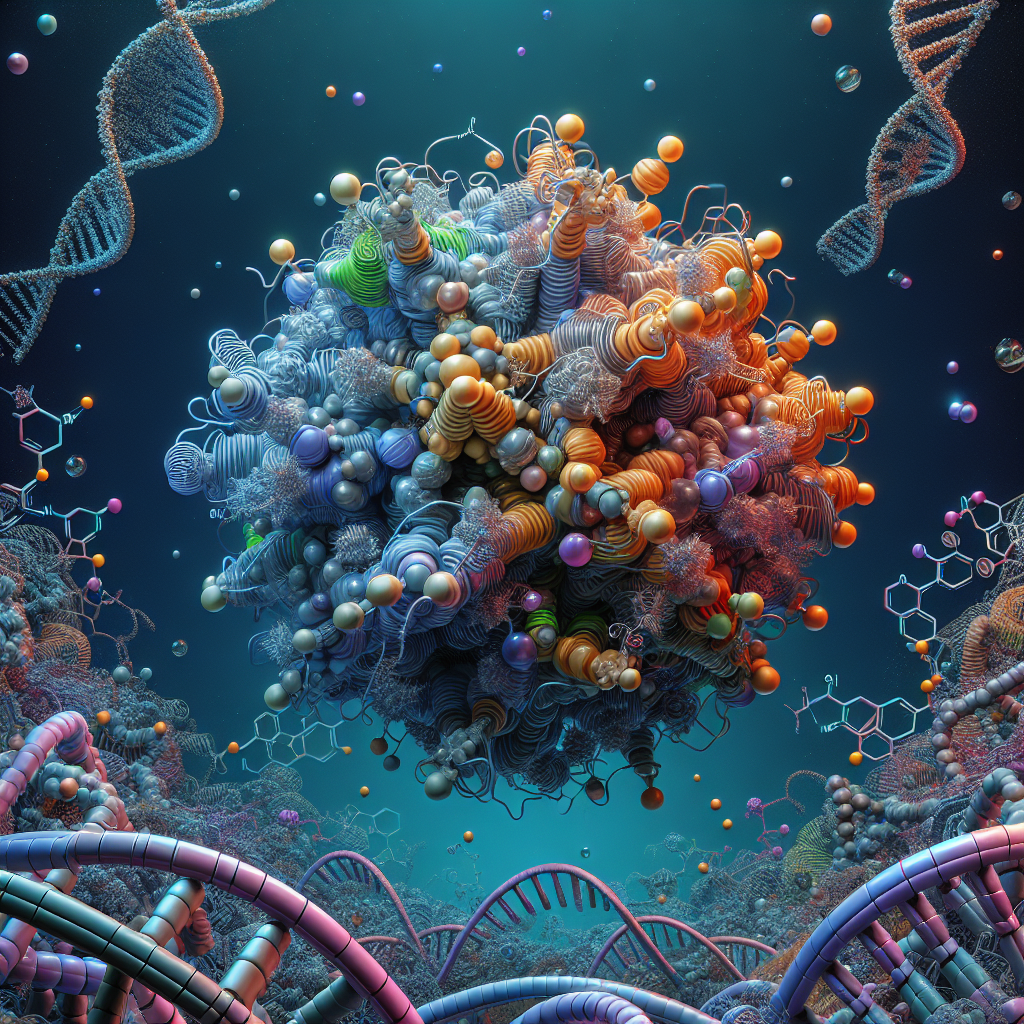DCP1A might sound like a secret code or the latest tech gadget, but it's really a small yet potent protein that plays a major role in the world of cellular biology. Known as Decapping mRNA 1A, this protein was first discovered in the arena of gene expression regulation—it has the power to control how our cells heal, grow, and even how certain diseases manifest. Located in every cell of our body, DCP1A influences the life of mRNA, the messenger molecules carrying instructions from DNA. The when and where of its action provide some fascinating insights into both normal biological processes and illness.
The main function of DCP1A centers around decapping, which stops mRNA from working—kind of like cutting off the power source to a gadget. This decapping serves as a regulatory checkpoint within the cells, influencing how and when mRNAs are broken down. This management is critical because it maintains cellular efficiency and accuracy. Imagine mRNA as the text messages of our cells, constantly sending orders for proteins to be made. If these messages stay around too long or are discarded too soon, it can lead to chaos. DCP1A makes sure that doesn't happen.
One of the most intriguing aspects of DCP1A is its emerging relevance in disease research. Its role in cancer biology, for example, highlights the importance of tightly regulated mRNA decapping. When this process goes awry, unregulated cell growth and cancer formation can result. Scientists are diving deep, trying to decipher how targeting DCP1A can open the door to new treatments, especially for conditions like breast and colon cancers.
In the fields of neurology and virology, DCP1A has also captured attention. Its influence on neurological disorders like Alzheimer’s suggests that DCP1A contributes to the complex process of neuronal decay. Virologists are keen to understand how viruses might hijack the decapping function to synthesize viral proteins more efficiently. By learning more about DCP1A, researchers hope to unveil new antiviral strategies, shining a light on previously hidden cellular conflicts.
Yet, it’s not all straightforward. As with many areas of research, there are diverse opinions about how much we should meddle with DCP1A's functions. Some scientists worry about the potential effects of artificially manipulating cellular processes, fearing unforeseen impacts on other bodily functions. They argue for a balanced approach, where understanding and manipulation must tread carefully, respecting the multifaceted nature of cellular ecosystems.
Opposing perspectives are essential in the scientific discourse. They encourage rigorous testing and analysis, ensuring what is proposed as beneficial does not inadvertently cause harm. The complexity of DCP1A's interactions means the scientific community should maintain a healthy skepticism about quick fixes and focus instead on comprehensive studies.
For those of you from the generation that's grown up with technology at your fingertips, understanding these cellular processes is akin to decoding complex algorithms. Just as TikTok leverages its recommendation algorithm to keep you endlessly scrolling, cells rely on proteins like DCP1A to keep life's processes running smoothly. It’s a reminder that even at a molecular level, management and timing are everything.
Proteins like DCP1A remind us of the importance of science geared toward understanding. Their tiny actions shape massive outcomes, proving that what's out of sight, lurking in the microscopic frameworks of life, often holds the key to progress in human health. Whether you’re an aspiring biologist or someone fascinated by how the minute details impact the grand scheme, DCP1A offers a captivating glimpse into cellular life.
In all this, curiosity remains our strongest tool. By pushing the limits of what we know about proteins like DCP1A, we continue to set the stage for healthcare innovations. As Gen Z—often portrayed as savvier, digitally oriented, and socially conscious—your interest and involvement in science can catalyze the next wave of discoveries. In a world where information is power, diving beneath the molecular surface shows us how intertwined we are with the tiny and the unseen, affirming our shared responsibility in the science that shapes our future.

